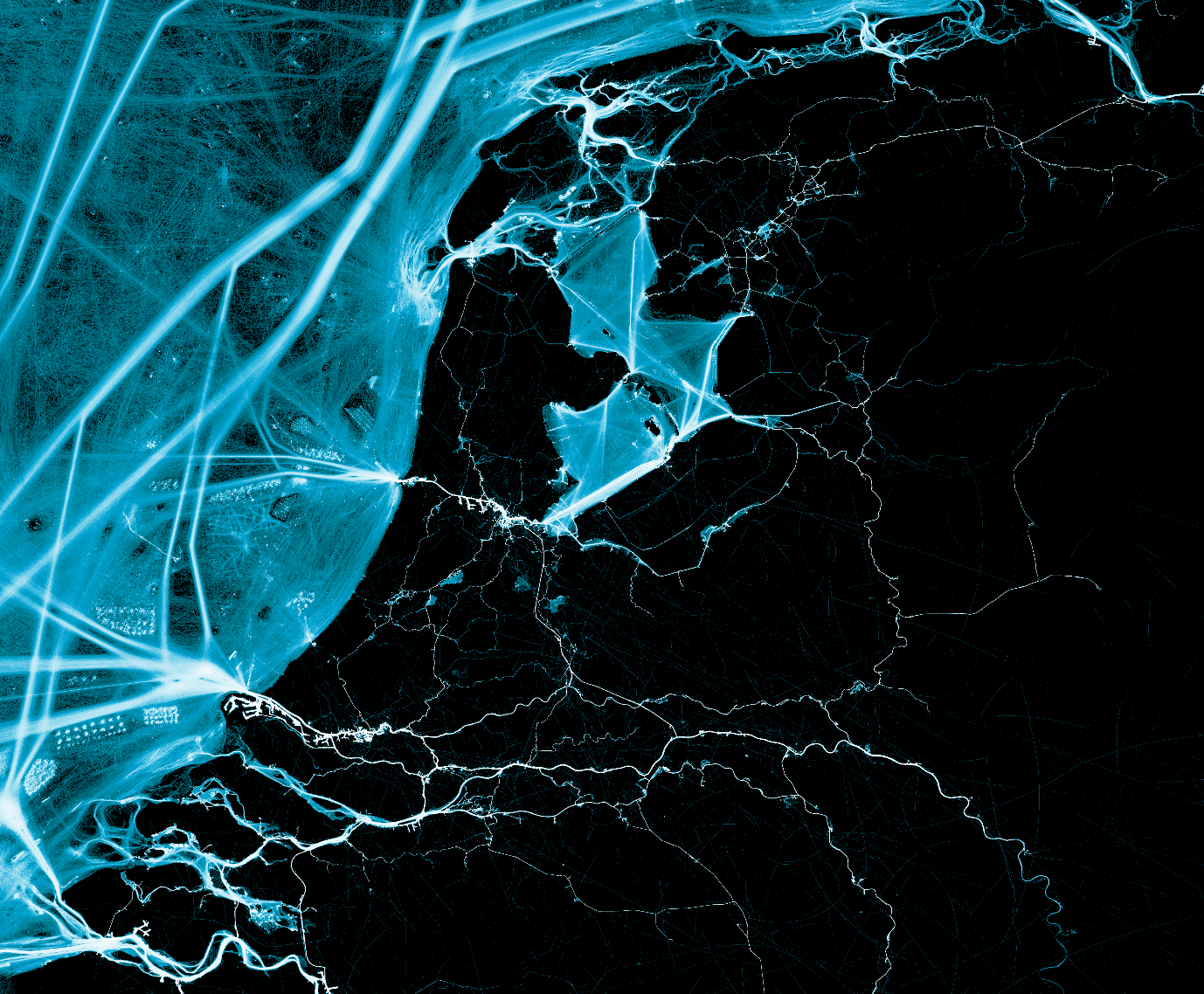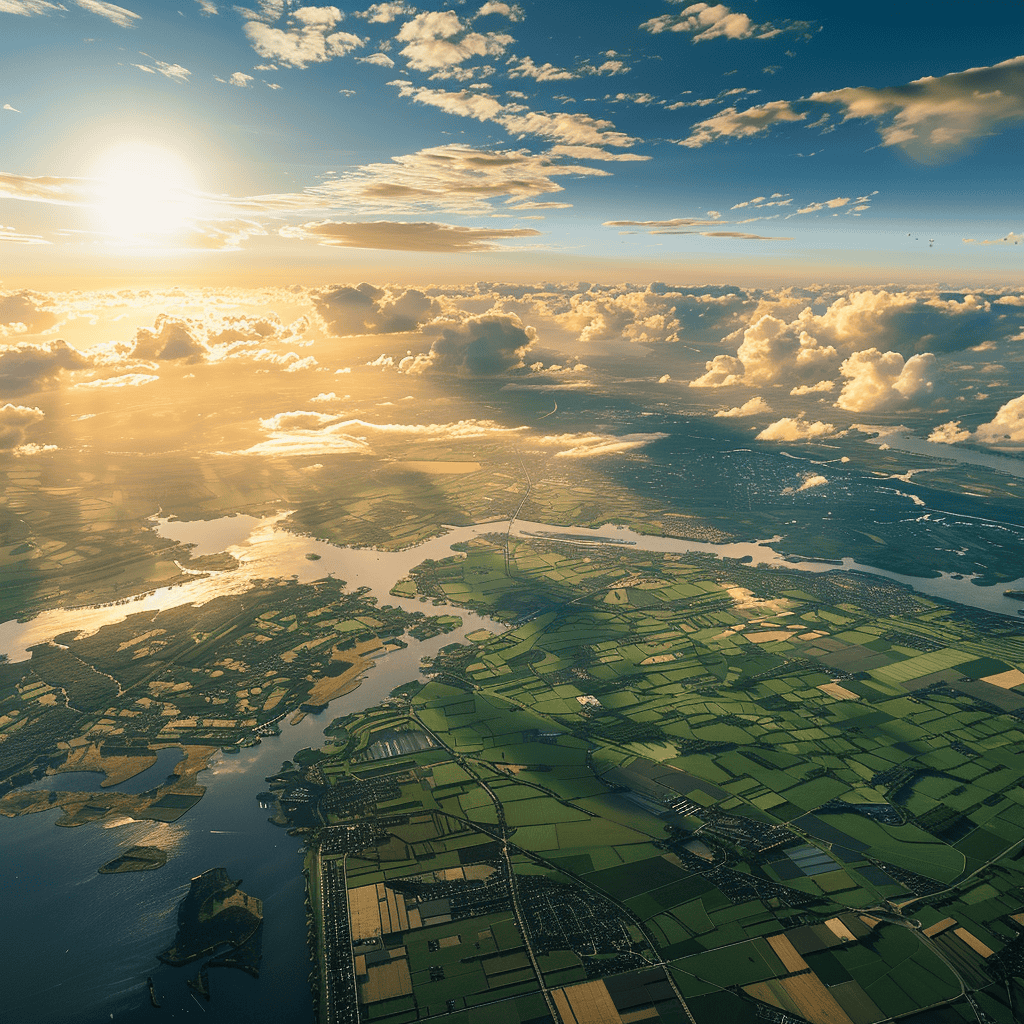
Energy infrastructure company Gasunie has been officially appointed as the network operator for the future hydrogen network in the North Sea. Minister of Climate and Energy Rob Jetten announced it in a letter to the Tweede Kamer—the House of Representatives. Jetten emphasized the importance of this designation for safeguarding public interests and providing clarity to the market about the availability of infrastructure.
In doing so, Gasunie is taking the lead in developing a 28,000-km infrastructure to reduce energy dependence and achieve Europe’s climate goals. However, the current reality is still far from thousands of kilometers of pipelines.
Big ambitions, mostly still a lot of work to do
At the headquarters of the International Energy Agency (IEA) in Paris, researchers tracking the progress of hydrogen as a clean alternative to fossil fuels have a list of more than 100 gas pipelines spread across more than a dozen countries. However, the vast majority of these projects are concepts or feasibility studies. With more than 1,400 green European projects planned but only 7% reaching the final investment decision, the road to a hydrogen economy is long but promising. The European Union expects an electrolysis capacity of 40 GW in Europe by 2030, but only about 1 GW is currently available worldwide. This shows the discrepancy between current capacity and future targets.
But, only one project is under construction at the moment: a 30-km pipeline in the port of Rotterdam. This project and others will be crucial to meeting the EU target of 40 GW of electrolysis capacity by 2030.
Gasunie and the Dutch hydrogen ambition
Gasunie, the Dutch state-owned gas grid operator, plans to convert up to 85% of its pipelines to transport hydrogen. The Dutch government supports Gasunie financially, and expectations are high to meet climate targets with the necessary expansion of electrolysis capacity.
This effort is supported by Shell’s construction of Europe’s largest renewable-powered hydrogen plant at the Port of Rotterdam. There, electricity derived from offshore wind and a 200 MW electrolyzer will be used to split hydrogen from water. However, Amir Mansouri, project manager at Shell, highlighted the challenges in building the necessary infrastructure, including electrolyzer wear.

Dutch hydrogen strategy and Gasunie’s role
The Dutch government has appointed Gasunie as the operator of the future hydrogen network in the North Sea. This is an important step toward the growth of offshore wind energy and the achievement of climate goals, where Gasunie has the unique task of safeguarding public interests and the availability of infrastructure. With the growth of offshore wind starting 2030, the production of both onshore and offshore hydrogen will become essential for sustainable and affordable energy and will reduce energy dependence. Gasunie has plans to reuse existing North Sea gas infrastructure to transport hydrogen, which should reduce costs and minimize environmental impacts. Gasunie’s CEO, Willemien Terpstra, confirmed a willingness to connect to national and cross-border networks.

